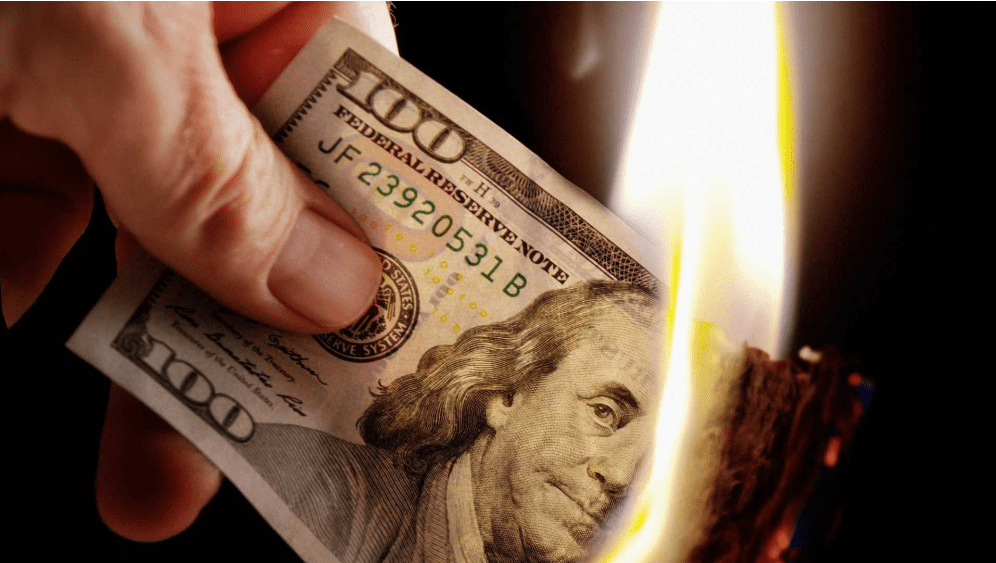There’s an Easy Way to Calculate How Much You Should Be Making. You might be destroying wealth in your business without realizing it, but here’s how to stop
Let me start by asking you what at first might seem like a silly question: Are you destroying wealth inside your business? Of course not, you’re probably saying. I started my business to create wealth–why would I try to destroy it?
The truth is you might be destroying your wealth without realizing it. The good news is that there’s an easy way to find out–and do something about it.
It’s first worth revisiting an idea I wrote about in the past, that there is a distinction between being the owner of a business and being its CEO. Most founders have both roles and comingle them. As CEO, your job is to manage the business for the owner. The question then becomes, as CEO, what kind of return on capital are you generating for your owner?
The idea here is to calculate how much money you have in the business and what kind of return you’re generating on it–not unlike how a bank or investor would. This is something we can all learn from private equity firms, which are singularly focused on this metric.
Then you need to assess whether that return is sufficient given the risk level associated with your business compared to, say, investing in bonds. If your risk-adjusted rate of return isn’t high enough, then you are destroying wealth inside the business, at least when compared to other potential uses of that cash.
A fairly typical baseline for a moderately risky investment like a stable business would be 12 percent. That’s the rate you could expect to borrow at from a bank in an unsecured loan. But, if your business is very cyclical or faces other dynamic market risks, such as rapid product obsolescence, that rate of return might be 15 or even 20 percent, or higher.
Here’s an example of what I mean.
I have a CEO client in the steel distribution business that generates $300 million in annual revenue. But margins are pretty thin. His margin, after overhead, is only about 3 percent. That means even though he has substantial revenues, he only nets $10 million in profit.
But there’s another catch. He also has to hold significant inventory, $100 million worth of steel, to meet his customer’s demand. In other words, he was basically serving as a bank to his customers by financing their inventory.
In terms of the rate of return, this company was only earning 10 percent on that $100 million investment. Since we established that the baseline for a rate of return was 12 percent, that means this company was destroying wealth, about $2 million, every year.
Unfortunately, this client was in a very cyclical business, and the threshold should have probably been a 20 percent rate of return for this level of risk. That means he was really destroying $10 million in wealth every year of operation.
The good news is the CEO and I worked together to significantly boost his company’s rate of return.First, we raised his prices 3 percent. While that might not seem like a lot, it had a massive impact on his profits, which doubled to $20 million a year. Then we were able to shrink his inventories in half by negotiating with his suppliers and customers and shrinking his supply chain. Taken together, he boosted his rate of return up to 40 percent. He was now in a position to generate significant wealth instead of destroying it.
If you’re wondering whether you are destroying wealth inside your business, start by doing a rough calculation of all the money you have invested as an owner in the business. Add up things like loans, external capital, and even deferred compensation you haven’t paid yourself.
Then divide that figure into your annual profit to see your rate of return. If you have a great rate of return, you might want to get more capital to expand further. If the figure is unacceptable, you might want to make some moves to bring it up to acceptable levels.
Once you have your answer, then you’ll know where to begin in making sure your business is generating the kind of profitable return you, as the owner, should expect.



